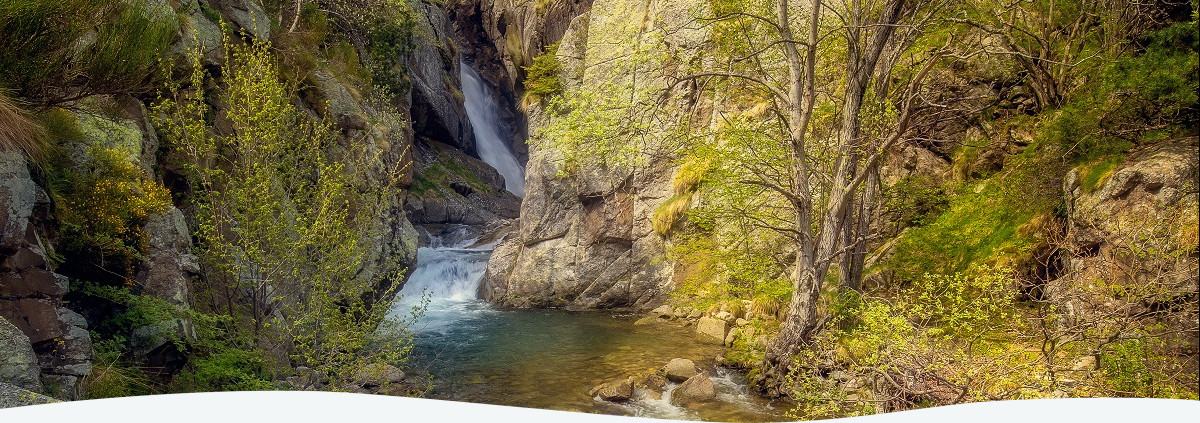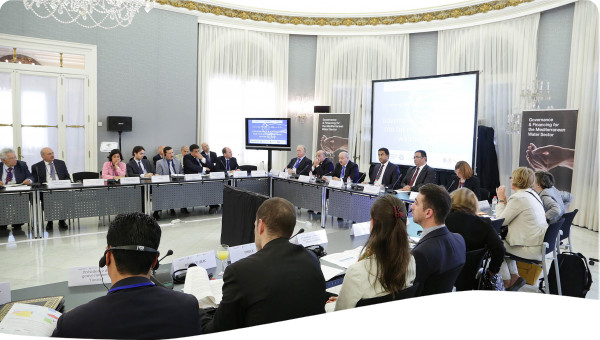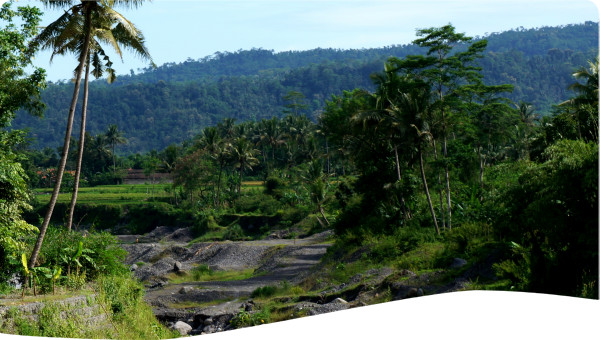In the Spanish National Strategy for River Restoration (NSRR, Estrategia Nacional de Restauracion de Ríos), it has been identified that most riparian environments do not possess environmental or ecological status. The restoration of the Orbigo river benefitted from the implementation of various Natural Water Retention Measures (NWRM), such as levee removal and setbacks, rip-rap removal, recovery of secondary channels, floodplain reclamation, and re-afforestation of the riparian zone with native species.
One of the most ambitious projects in the NSRR is the restoration of the Orbigo river situated in the convergence of the Luna and Omana. The currently heavily modified 108 km long river, managed by the Duero River Basin Authority, drains 4990 km2 of the Duero basin at a discharge 40 m3/s in its original braided and meandering geomorphology. The river has since been embanked and channeled, causing hydraulic malfunctions and flood risks to the urban and sub-urban communities on the river banks; the modifications also affected the aquatic and riparian ecosystems negatively. Under targets set by the EU Water Framework Directive and the Floods Directive, the pressures to be mitigated in the Orbgio river are the flood control and flood risk, as well as the stabilization of the banks, erosion control, and the state of the eco - hydrology. The project consists of the recovery of the river longitudinal and lateral connectivity through the removal and the set-back of levees and the adaptation of the weirs and transversal barriers. This way allows the floodplain recovery and the flood damage mitigation, the recharge of the alluvial aquifer and also the habitat and biodiversity restoration. Recently changes in land use, now dedicated to poplar plantations, allow solutions more focused on green infrastructure. The idea behind the project is that by restoring river connectivity with the floodplains, the hydraulic capacity of the river in the event of flooding would be vastly increased, since it would be able to absorb more water in a controlled manner. In turn, through restoration of this connectivity, several natural processes would be re-established that would lead to ecological improvements. The project represents a good example of synergic implementation of different European Directives as Floods Directive, Water Framework Directive and Habitats Directive and their respective goals of reducing the negative effects of floods, improving the ecological status of water bodies and enhancing the diversity of habitats. It fits perfectly in the concept of Natural Water Retention Measures.
The restoration of the Orbigo river benefitted from the implementation of various Natural Water Retention Measures (NWRM), such as levee removal and setbacks, rip-rap removal, recovery of secondary channels, floodplain reclamation, and re-afforestation of the riparian zone with native species. The public participation process was carried out over three years and 50 meetings, where local authorities and stakeholders had the chance to help consult on the project and its implementation and monitoring.
Engaging the public was necessary as the project clashed with stakeholders that benefitted from the channelization of the river in various sectors, such as housing, farming, and poplar plantations. Challenging antecedent beliefs that support the channelization and reduction of natural floodplains was done through public funded environmental education, encouraging active participation of the public and raising awareness of riverine ecosystems. This also garnered the support of use public funding and the necessary expropriation. A volunteering program was also introduced, with 800 participants that had a significant impact on the attitudes toward the project locally, and nationally through coverage in media and dissemination of the project as a reference case, used by students and professionals alike. A video was also made in Spanish and English, detailing the steps and motivations of the project for companies and partnerships.
Flood control: Once the project had been carried out (the works were completed in September 2012), the first results could be observed during the high waters that occurred in February and April of 2013 and 2014, where water flows higher than those in the last 15 years (not taking into account the attenuation due to the newly available floodplain areas) have remarkably showed that there have not been economic damages and the local community (as opposed to what happens in other areas of the basin) not only has requested new actions, but also has assumed the consequences of high water flows as an expected event, with a perception of feeling safer.
Ecosystem improvement: By recovering the stream space and therefore the capacity to attenuate floods of the floodplain, we achieve, as a consequence, a greater infiltration rate and rate of recharge of the alluvial aquifer and achieve higher habitat diversity, by recovering areas adjacent such as secondary channels, side bars, outflow deltas, oxbow wetlands, etc., which contribute to improving the biodiversity associated to stream ecosystems as well as to related ecosystems.
Cost-savings: In economic terms, the application of approaches within a framework of green infrastructure is particularly relevant; it means also a new direction since it gives the works the capacity to self-regulate, reducing drastically the need for maintenance, serving as well as a constant example of proper functioning facing highly stable inertias.
Social benefits: Finally we may note that the project has lead the towns located on the sides of the Órbigo River in the project area to regain their traditional relationship, through the integration of the river in the urban setting, as opposed to the previous situation where the river was isolated by longitudinal dikes. This has also an economic dimension, through the improvement of the landscape and the strengthening of tourism opportunities.
The restoration of the Orbigo river was an exemplary practice of integrated water resource management and land use policies, covering concepts such as “room for the river”, green infrastructure, ecological restoration, intra-sectoral planning, and a comprehensive and engaging public consultation.
The impact on the media and dissemination of the project was widespread and detailed, allowing the project to be revisited by river basin authorities wishing to reclaim the ecological integrity of respective rivers.
The volunteering program and public participation also helped engage the public, which allowed effective pedagogy of the environmental education necessary to go through with such a large scale effort.
 Case studies
Case studies


